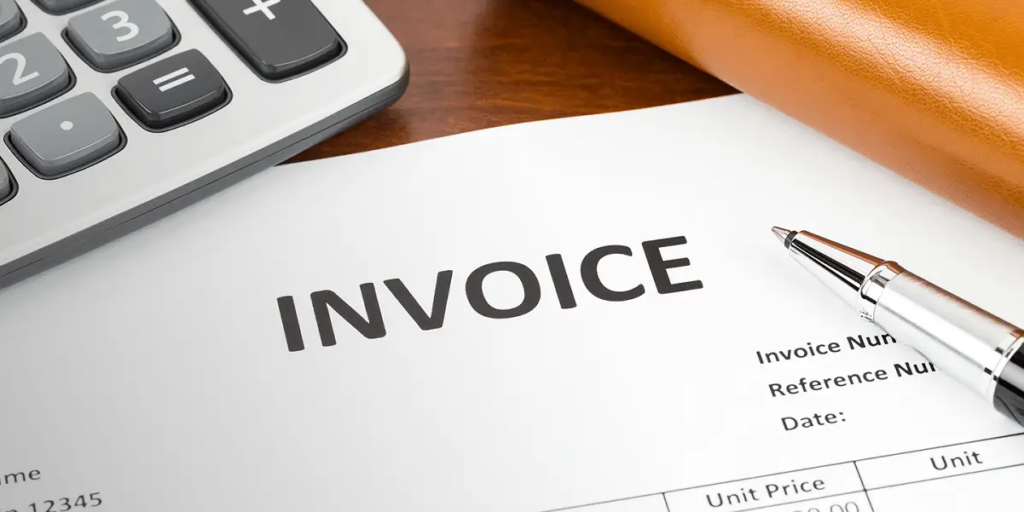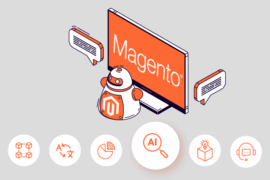Purchase orders (or called POs) and invoices both deal with the communication and terms of payment arrangements. Even though a purchase order and an invoice share a lot of information in common, they serve entirely distinct purposes.
You will always encounter these two terms in your workday. Unfortunately, many people are still confused about the distinction between them. If you’re unfamiliar with the world of procurement, it could be difficult for you to tell an invoice from a purchase order.
Let’s keep reading to learn what a purchase order (PO) and an invoice is, and how they are different.
What is a purchase order?

After placing an order for goods or services, a buyer sends a seller a purchase order (PO). POs specify the contents of the order, the deadline for delivery, and the cost. A buy order is used to track order status, manage payments to suppliers, and specify terms.
Some POs additionally list conditions that the buyer and seller agreed upon before the transaction. These could include selecting a different payment method when placing an order or obtaining a specific number of products or things by airfreight.
Your PO database can help you keep track of how much inventory you’ve sold to each of your clients, when their bills are due, and when you need to restock inventory from your own manufacturer or supplier if it is managed effectively.
Long-term clients can construct a “standing purchase order” if they routinely order the same products from you. With a standing PO, the customer can place repeated orders for the same goods or services using the same PO number.
Purchase order components
Typically, a purchase order contains:
- Purchase order number,
- Purchased on the date,
- Buyer Information,
- Order details,
- Order details,
- Delivery address,
- Unique instructions, and specifications,
- Tax information.
What is a purchase order number?
In the retail industry, purchase order is created manually through a spreadsheet or automatically by retail management software. With PO number, retailers can track and manage their procurement process and automatically send purchase orders to their suppliers to request for fulfillments. This is a vital step in inventory management, and order fulfillment. Based on the inventory demand, the system can forecast how many goods you need to buy to avoid overstock and out-of-stock. Thus, retail owners can seamlessly create purchase orders and send directly to their suppliers for restocking. The supplier gathers the requested items or services and ships them to vendors. And in this case, the PO number is used to match the items received with the corresponding order.
How to create a purchase order?
Retailers can create purchase orders manually by spreadsheet as a traditional way or use an automated tool to create purchase orders based on the inventory demand and send it to exactly a supplier for requesting fulfillment.
What is an invoice?

An invoice is a document created by a seller or supplier of goods to track payments and request payments. When an order is completed, a vendor will send an invoice to its customers as a formal request for payment. It contains the amount of money owed as well as a list of the provided products or services.
When the supplier sends an invoice for the delivered goods or services, they reference the PO number. This helps the buyer’s accounts payable team match the invoice to the correct purchase order.
For instance, let’s say you supply cereal, and a local grocery store issues you a purchase order for 200 more boxes of cereal. You will send them the goods together with an invoice that lists the quantity, cost per unit, and terms of payment.
A buyer’s payment for purchased products or services is collected using an invoice as evidence of order. Invoices tie the seller and the buyer legally, just like a PO. The invoice now shows that the buyer owes the vendor money.
Invoice components
Typically, an invoice contains:
- A breakdown of the goods or services bought,
- The number of each item bought,
- The price per unit of each item,
- The total cost of the acquisition,
- The date of the transaction,
- The seller’s name and contact information.
What is an invoice number?
The main aim of an invoice number is to offer a point of reference for both the vendor and the purchaser to readily recognize and handle particular monetary dealings. Invoice numbers have a crucial function in upholding precise monetary documentation, expediting communication, and guaranteeing seamless business undertakings.
Why do businesses need both purchase order and invoice?
You can’t just choose one when it comes to choosing between a purchase order and an invoice because both documents are equally crucial. Purchase orders provide much-needed explanation and help avoid disputes, although invoices appear to be crucial from the legal perspective.
Even though your company primarily sells items or services (and as a result, you primarily send out invoices), you could still need to make a purchase. You can keep track of such costs with the use of a purchase order.
The similarity between purchase order and invoice

The words purchase order and invoice are frequently used interchangeably. Purchase orders and invoices share many commonalities yet have some distinctions:
- Both include buying-related commercial communication.
- Legally, both documents bind purchasers and sellers in equal measure.
- Both the purchase order (PO) and the invoice serve as evidence of the buying and selling activities between buyers and sellers.
- The information on the buyers and sellers, their addresses, contact information, and other details are almost identical to the contents of the PO and the invoice.
Purchase order vs. invoice: What’s the key difference?

There are two methods by which invoices can be delivered to purchasers, which are often done by sellers. Send the buyer the invoice first, usually when the product is getting close to maturity. The second scenario is when the buyer has finished the transaction and both sides have approved the purchase order.
The primary distinction is that a purchase order is a document that purchasers send to vendors to monitor and manage the purchasing process. An invoice, on the other hand, is a formal request for payment that sellers send to customers when their order is fulfilled. Even though they are relatively similar, they have a few key distinctions that must be properly recognized. We’ll summarize in the following table.
| Purchase Order | Invoice |
| Explains the conditions of a purchase Include information: item descriptions, quantities, agreed prices, delivery dates, terms, and any special instructions Produced when a customer submits a purchase The customer provided the vendor with a confirmation of the order Prevents inventory from becoming overstocked Makes inventory tracking simple | Requests payment for the purchase Include information: details of the goods or services provided, quantities, prices, any applicable taxes, and payment terms Created following the completion of the order The supplier has issued the buyer a payment reminder Stops double payments and overpaymentsAids in calculating taxes and spending |
Conclusion
In your business, purchase orders and invoices are an essential element of everyday operations. You can make sure that your company makes the most of its purchasing process and eliminates unneeded hassles both during and after purchases by understanding the purpose and application of each document. Forecast inventory demand and automate your purchasing process with Magestore purchase order management PWA. Book a call with our Magento experts to craft the best fit solution to drive more sales growth for your Magento eCommerce business!



